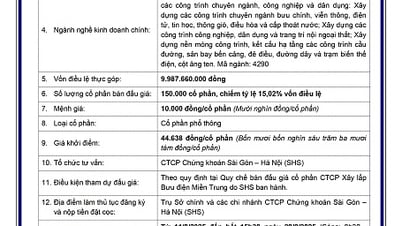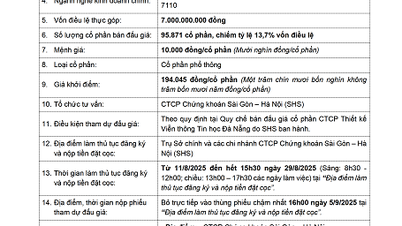The spread of chikungunya may be due to favorable climatic conditions for mosquitoes and increased travel.
How chikungunya spreads
The chikungunya virus is transmitted to humans through the bite of infected female mosquitoes, most commonly Aedes aegypti and Aedes albopictus — also known as tiger mosquitoes. They mainly bite during the day, with peak activity usually in the early morning and late afternoon, according to the Cleveland Clinic.
The virus is not spread from person to person through physical contact or saliva but can be transmitted through blood.

Chikungunya virus is transmitted to humans through the bite of an infected female mosquito
Illustration: AI
Signs and symptoms
Symptoms usually appear 3 to 7 days after being bitten by an infected mosquito. Fever and joint pain are the most common symptoms of chikungunya. The severity of symptoms can vary from person to person. Many people experience severe joint pain. Some people may have symptoms so mild that they mistake them for another illness and do not seek medical attention.
Other symptoms of chikungunya may include: Headache, muscle pain, sensitivity to light, swollen joints, rash, fatigue and nausea.
Although most people recover completely within 1 to 2 weeks, in some cases joint pain can last for months.
Who might be at risk?
Serious complications from chikungunya are rare, occurring in about 1 in 1,000 cases.
The following people are at risk for more serious complications:
- Newborn baby.
- Seniors (65 years and older).
- People with underlying medical conditions, including: Diabetes, high blood pressure, and heart disease.
Deaths from the virus are rare. There have been some cases of people reporting heart, eye or neurological symptoms that persisted after recovering from the illness, according to the Cleveland Clinic.
Prevention and treatment
There is currently no cure for chikungunya, so the focus is on controlling the symptoms.
Therefore, preventing mosquito bites is very important. The World Health Organization (WHO) recommends that people protect themselves by taking measures to prevent mosquito bites.
Source: https://thanhnien.vn/benh-chikungunya-cach-nhan-biet-va-nhung-ai-co-the-gap-nguy-hiem-185250808191431953.htm





































































































Comment (0)